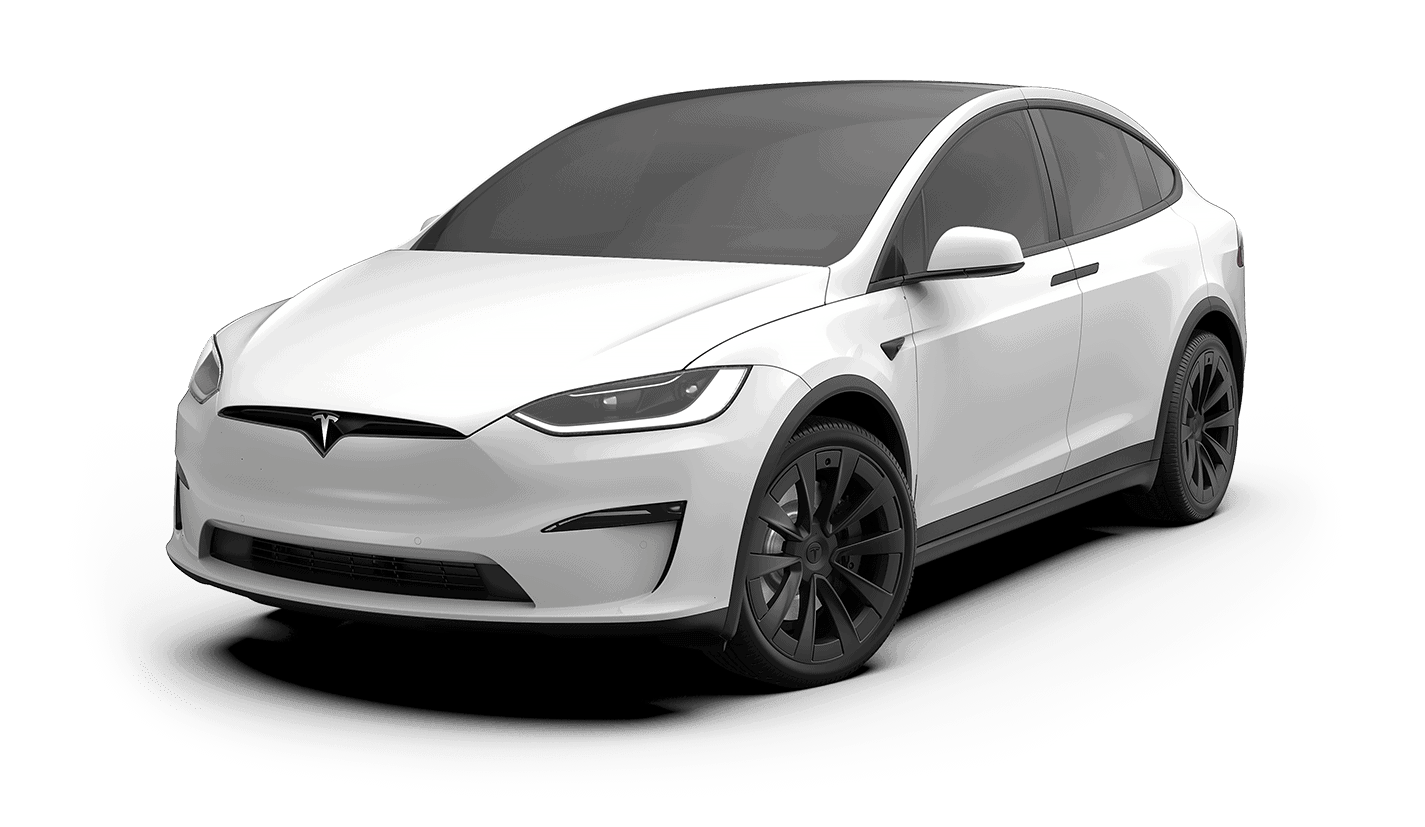The Basics of Electric Vehicles (EVs)
Electric vehicles (EVs) are becoming more common on the roads, and if you’re thinking about making the switch from a traditional gas-powered car, it’s important to understand the basics. In this blog post, we’ll explore the different types of EVs, how they work, their benefits, and some key terms you should know.
Types of Electric Vehicles
Battery Electric Vehicles (BEVs)
BEVs, or all-electric vehicles, run entirely on electricity stored in a large battery pack. They don’t have a gasoline engine or fuel tank, so the only way to power them is by plugging them in to recharge.
- Charging: BEVs can be charged at home using a Level 1 or Level 2 charger or at public charging stations, including DC fast chargers.
- Range: Depending on the model and driving conditions, BEVs can travel between 200 to 600 kilometers (km) or more on a full charge.
- Emissions: BEVs produce zero tailpipe emissions, making them a great choice for the environment.

Tesla vehicles are considered battery electric vehicles (BEVs).
Plug-in Hybrid Electric Vehicles (PHEVs)
PHEVs incorporate an electric motor with a traditional gasoline engine. PHEVs can run on electricity alone for a certain distance before switching to gasoline.
- Charging: Like BEVs, PHEVs can be charged by plugging into an outlet. They also have the flexibility to use gasoline when needed.
- Range: PHEVs typically offer an electric-only range of 30 to 80 km before the gasoline engine kicks in.
- Emissions: PHEVs produce some emissions when using gasoline but are still more eco-friendly than traditional vehicles, especially for short trips that can be done using electric power.

The Toyota Prius is considered a PHEV.
Key Components of Electric Vehicles
- Electric Motor: This is what drives the wheels of the vehicle using electricity from the battery. BEVs rely solely on the electric motor, while PHEVs use it alongside a gasoline engine.
- Battery Pack: The battery pack stores the electrical energy that powers the motor. The size of the battery, measured in kilowatt-hours (kWh), determines how far the vehicle can go on a single charge.
- Onboard Charger: This device converts the AC electricity from the grid into DC electricity, which is stored in the battery. It also manages the charging process to ensure the battery is charged safely and efficiently.
- Charging Port: This is where you plug in the charging cable to recharge the vehicle. There are different types of ports, including standard Level 1 and 2 ports and fast-charging ports for DC fast chargers.
- Regenerative Braking System: This system captures energy that is usually lost during braking and uses it to recharge the battery, extending the vehicle’s range and improving efficiency.
Charging Options
- Level 1 Charging: Uses a traditional 120V household power outlet. It’s slow, adding about 3 to 5 km of range per hour of charging. This is best for overnight charging or for PHEVs with smaller batteries.
- Level 2 Charging: Requires a 240V outlet, similar to what large appliances use. It charges faster, adding about 20 to 50 km of range per hour. Level 2 charging is great for home installation, public charging stations, and workplace charging.
- DC Fast Charging: This option is very fast, using 400V to 800V DC, and can add up to 300 km of battery range in just 30 minutes. It’s ideal for long trips and quick top-ups at public charging stations.
Benefits of Driving Electric Vehicles
- Environmental Impact: BEVs produce no tailpipe emissions, which helps reduce air pollution and greenhouse gases. PHEVs also lower emissions, especially in city driving conditions.
- Lower Operating Costs: Charging an EV is generally cheaper than filling up with gasoline, especially if you charge at home during off-peak hours. EVs also have fewer moving parts, meaning lower maintenance costs—no oil changes and less brake wear thanks to regenerative braking.
- Performance: EVs deliver instant power to the wheels, resulting in smooth and rapid acceleration. They’re also much quieter than gasoline engines, offering a more peaceful driving experience.
Key Terms to Know
- Range: How far an EV can travel on a single charge.
- kWh (Kilowatt-hour): A unit of energy measurement. The capacity of an EV battery is typically measured in kWh.
- kWh/100km: A measure of an EV’s efficiency, showing how many kilowatt-hours of electricity the vehicle uses to travel 100 kilometers.
- Regenerative Braking: An engine system that recovers energy during braking, storing the energy in the battery for later use.
- Range Anxiety: The fear that an EV will run out of battery before reaching a charging station.
Conclusion
Electric vehicles are a rapidly growing technology that offers numerous benefits, from being environmentally friendly to saving money. Understanding how they work, the different types available using our personalized EV Buyer’s Guide, and the charging options can help you decide if an EV is right for you. As charging infrastructure across Canada continues to grow and battery technology improves, EVs are becoming a more practical and attractive choice for many drivers. Whether you’re interested in a fully electric vehicle or a plug-in hybrid, there’s likely an option that fits your needs and lifestyle.

